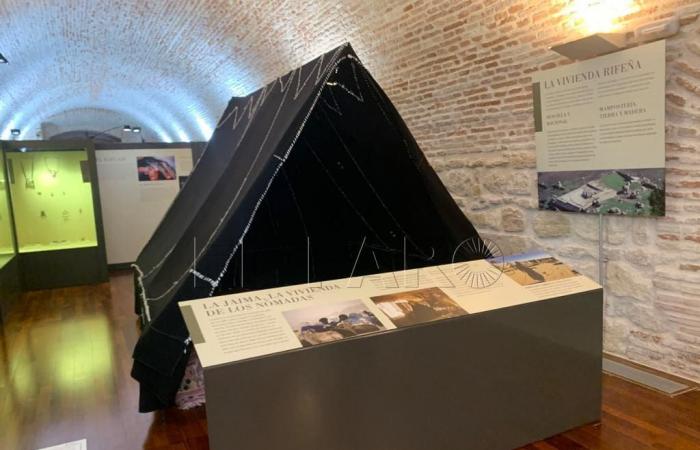Melilla, a tiny Spanish territory of 13 km² nestled on the Moroccan coast, is much more than a simple geographical enclave. Located facing the Alboran Sea, this city is a unique crossroads where several cultures meet and mingle, offering a fascinating dive into Mediterranean history and identity.
Dominated by a 16th century fortified wall, Melilla is home to a remarkable architectural and historical heritage. The Plaza de la Maestranza, also known as Plaza Aljibes, is a central point of this fortification. A few steps away, the old warehouses called “Almacén de las Peñuelas”, built in 1781 during the reign of Charles III, bear witness to the time when the city was a strategic pivot under the Spanish administration.
Renovated in 2007, this historic building now houses the Museum of History, Archeology and Ethnology of Melilla, a cultural institution that illustrates the region’s multiple heritage. Divided into several exhibition rooms, the museum presents a complete panorama of the civilizations that have marked Melilla, from prehistory to contemporary times.
On the ground floor, visitors discover collections dedicated to Sephardic, Amazigh and Gypsy cultures. These artifacts — ceramics, jewelry, traditional clothing — reflect a way of life where tradition and innovation coexist. On the upper floor, a dive into the Phoenician, Punic and Marinid eras allows us to understand the historical evolution of Melilla, in particular its role as a Mediterranean commercial crossroads under the Banu Salih and the Marinids.
A journey to the heart of identities
The museum is not limited to a simple exhibition of objects. It offers a real reflection on the assimilation and cultural coexistence that have shaped this region. From Amazigh traditions rooted in local arts, to Sephardic contributions symbolized by places like the Yamin Benarroch Synagogue, each community has left a lasting imprint. Gypsy influences, for their part, are found in musical and artistic expression, with a particular place given to flamenco, a true bridge between Andalusia and North Africa.
Ancient practices, such as fishing, agriculture and ornate ceramic crafts, are also highlighted, illustrating a harmonious symbiosis between man and his environment. The collections thus remind us that Melilla is not only a Spanish enclave, but also a living fragment of North African history.
An identity mosaic with African roots
Melilla embodies a cultural and spiritual extension of the Moroccan Rif, bearing witness to the incessant exchanges between Europe and Africa throughout the ages. Its strategic position, on the Moroccan coast, reaffirms its African essence, while its multicultural heritage illustrates a rich and complex mosaic of identity.
If Melilla is distinguished by its Amazigh, Sephardic and Mediterranean traditions, it remains intrinsically linked to its immediate environment. Facing the Alboran Sea, this Spanish enclave tells, through its museums and its history, a perpetual quest for assimilation, coexistence and openness to the world.
With its roots deep in African soil, Melilla is much more than just a territory; it is a living witness to a shared memory between Morocco and Spain, and a symbol of the diversity that defines the Mediterranean.
SL/ac/APA






